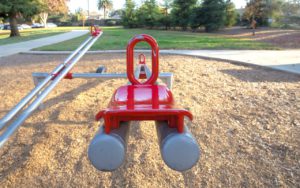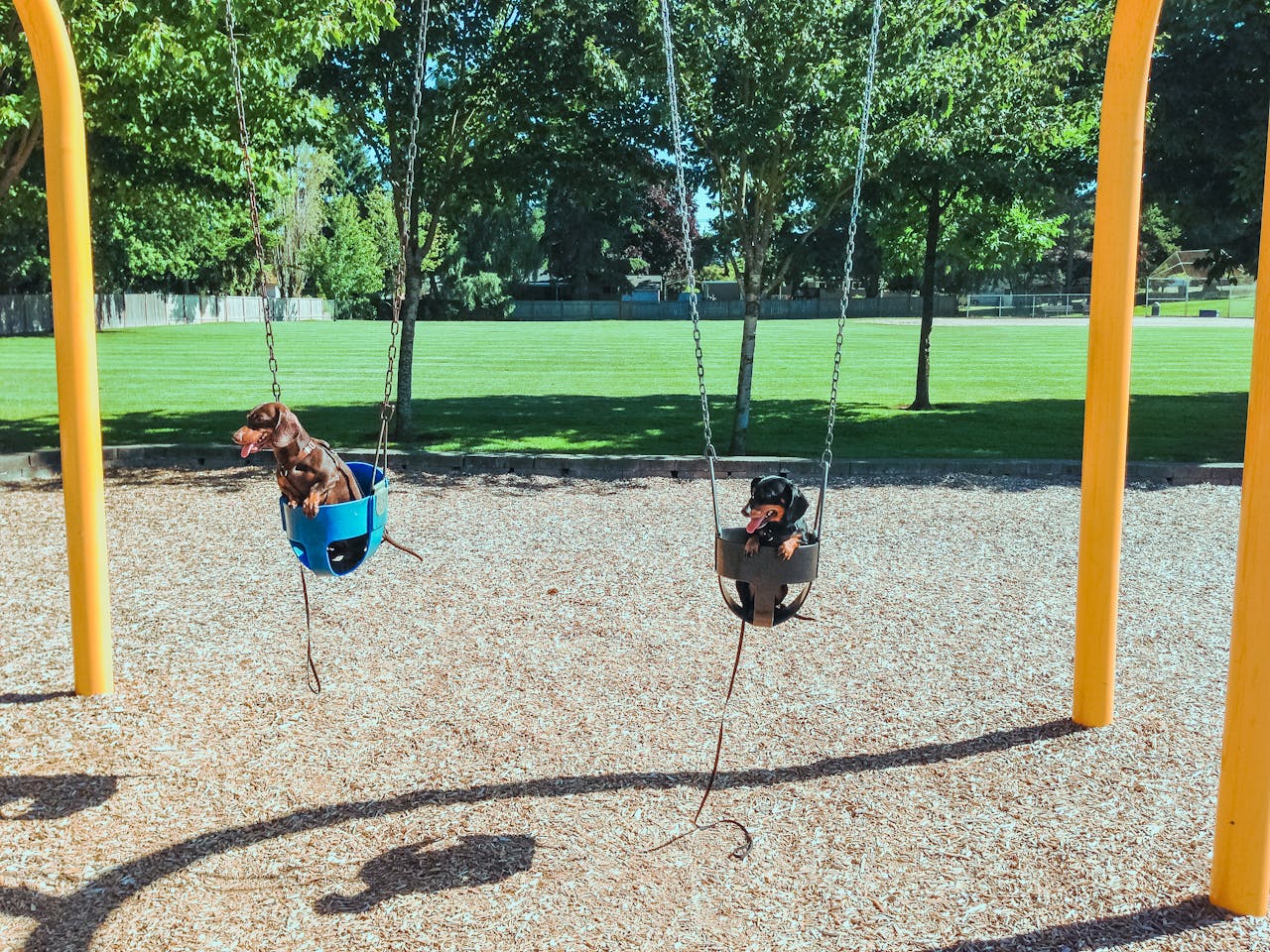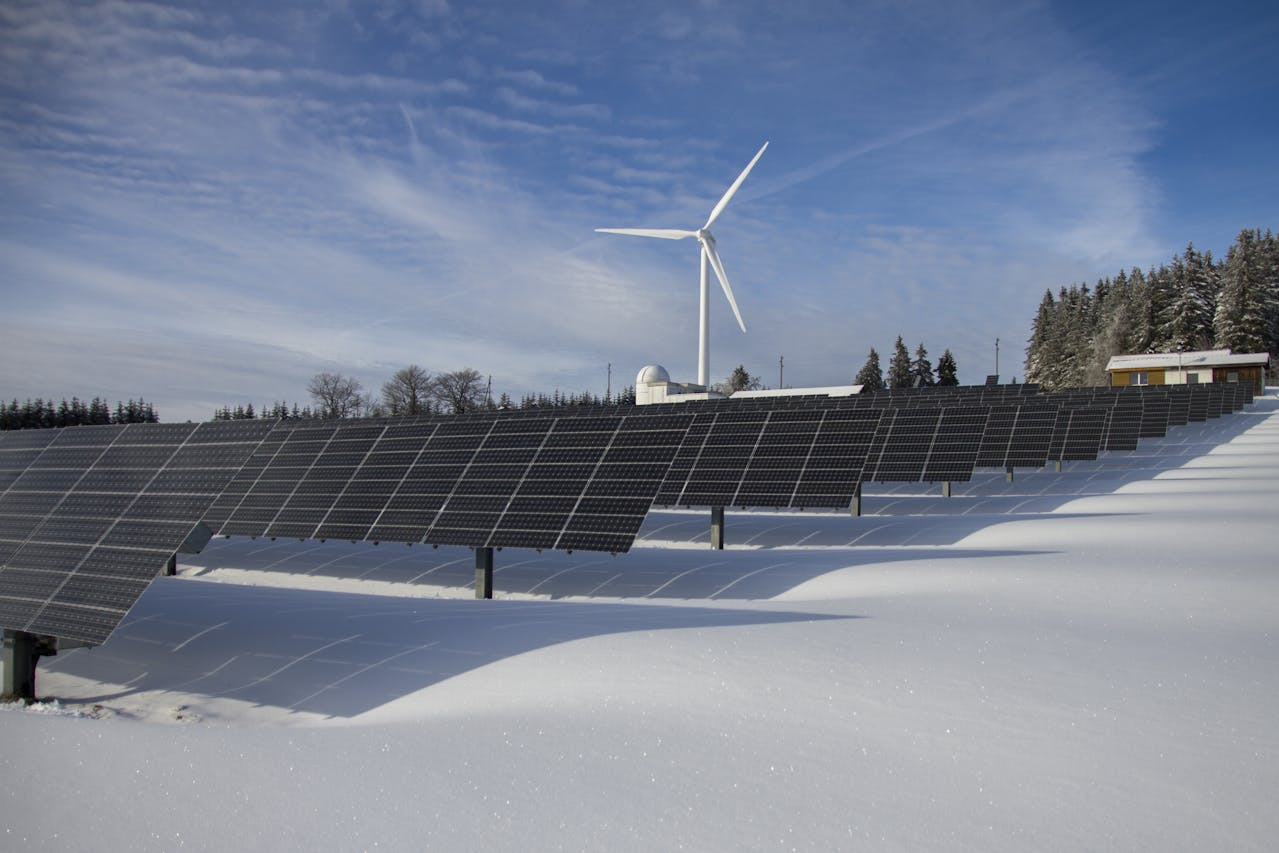Playgrounds are much more than spaces for children to burn off energy—they are vital environments where young minds and bodies develop essential social, cognitive, and physical skills. Modern playground design has evolved to meet the growing demand for safe, engaging, and inclusive play spaces. In today’s world, successful playgrounds strike a careful balance between fun and function, creating spaces that are not only enjoyable but also beneficial to children’s overall growth. In this article, we’ll explore the fundamental principles of effective playground design and how play equipment plays a central role in crafting these dynamic spaces.
- Prioritizing Safety Without Sacrificing Fun
The primary consideration in any playground design is safety. Children are naturally adventurous and often push physical limits when playing, making it essential to create an environment that minimizes the risk of injury while allowing for active exploration. Play equipment must meet strict safety standards, ensuring that structures are stable, well-maintained, and free of hazards.
Modern playgrounds use a variety of materials and designs to create safe spaces. Soft surfaces like rubber mats, wood chips, or artificial turf help reduce the impact of falls, while rounded edges and non-slip platforms provide additional protection. However, ensuring safety does not mean limiting fun. Well-designed play equipment offers challenging but manageable activities, allowing children to test their abilities in a controlled environment.
For example, climbing structures and balance beams are excellent for promoting physical development, as they encourage children to develop coordination and strength. These elements are designed with gradually increasing height and difficulty levels, giving children the satisfaction of mastering a new skill while staying safe.
- Incorporating a Variety of Play Equipment for Diverse Experiences
Effective playground design incorporates different types of play equipment to offer various experiences that cater to different age groups and interests. Playground equipment can be broken down into several categories, each contributing to a well-rounded play environment:
– Physical play equipment: This includes swings, slides, and climbing structures that help develop gross motor skills like balance, agility, and strength. This equipment also provides children with an outlet for physical activity, which is essential for their health and well-being.
– Sensory play equipment: These elements engage children’s senses and stimulate cognitive development. Equipment like musical panels, sand and water play stations, and textured surfaces encourage children to explore their surroundings, enhancing their creativity and problem-solving skills.
– Social play equipment: Play structures that encourage group activities, such as seesaws, large jungle gyms, and interactive games, help children develop communication, teamwork, and conflict resolution skills. Inclusive playgrounds also provide spaces where children of all abilities can play together, fostering empathy and social integration.
By including a range of play equipment, playgrounds can cater to children’s varied developmental needs, allowing for more enriched and balanced play experiences. The diversity of equipment also helps maintain interest, ensuring that children of different ages and abilities can enjoy the playground together.
- Designing for Inclusivity and Accessibility
 An essential principle of modern playground design is inclusivity. In the past, many playgrounds were not accessible to children with disabilities, which limited their ability to participate in play with their peers. Today, designers are making strides to ensure that all children can enjoy play spaces regardless of ability.
An essential principle of modern playground design is inclusivity. In the past, many playgrounds were not accessible to children with disabilities, which limited their ability to participate in play with their peers. Today, designers are making strides to ensure that all children can enjoy play spaces regardless of ability.
Inclusive playgrounds incorporate specialized play equipment accessible to children with physical, sensory, or cognitive disabilities. For example, ramps provide access to elevated platforms for children in wheelchairs, while ground-level play elements like swings and spinners are designed with extra stability and support.
Furthermore, sensory-rich play areas offer textured surfaces, sounds, and lights that cater to children with sensory processing needs. These spaces allow children to interact with their environment in ways that stimulate their senses and promote exploration.
The future of playground design continues to push for more inclusive play spaces. By integrating play equipment that promotes accessibility, playgrounds become a place where all children can play side by side, regardless of their abilities.
- Sustainability and Natural Play
Sustainability is increasingly becoming a priority in playground design as communities seek environmentally friendly solutions. Eco-conscious playgrounds use natural materials like wood, stone, and sand and recycled materials like rubber tyres or plastic. These designs reduce the environmental footprint of playground construction and teach children the importance of sustainability from an early age.
Nature-based play is another growing trend in modern playground design. Natural elements such as boulders, logs, water features, and plants are integrated into play areas to create immersive and dynamic environments. These designs encourage unstructured play, where children can explore and interact with nature while developing physical and cognitive skills.
For example, instead of traditional slides, some playgrounds feature hill slides built into mounds of earth, which blend into the natural landscape. Climbing structures made from large rocks or tree trunks offer children new ways to engage their bodies, while water play areas promote sensory exploration and imaginative play.
Natural playgrounds also support environmental education, as children learn about plants, wildlife, and ecosystems while they play. These designs emphasize the importance of environmental stewardship and encourage children to spend more time outdoors, which has been shown to improve mental health and overall well-being.
- Promoting Creativity and Imagination
The best playgrounds offer more than just physical challenges—they inspire creativity and imagination. Play equipment that allows children to invent games, solve problems, and create scenarios fosters imaginative play, which is crucial for cognitive development.
Playgrounds incorporating open-ended structures, modular elements, or themed play areas (e.g., pirate ships, castles, or space stations) encourage children to engage in role-playing and storytelling.
Effective playground design is more than just installing swings and slides—it’s about creating an environment that promotes holistic development while ensuring children have fun. By balancing safety, inclusivity, and sustainability with innovative play equipment, designers can develop playgrounds that offer a range of experiences for children of all ages and abilities. Whether through natural play spaces, sensory-rich environments, or imaginative structures, the future of playground design focuses on creating enriching experiences that support play and learning.













